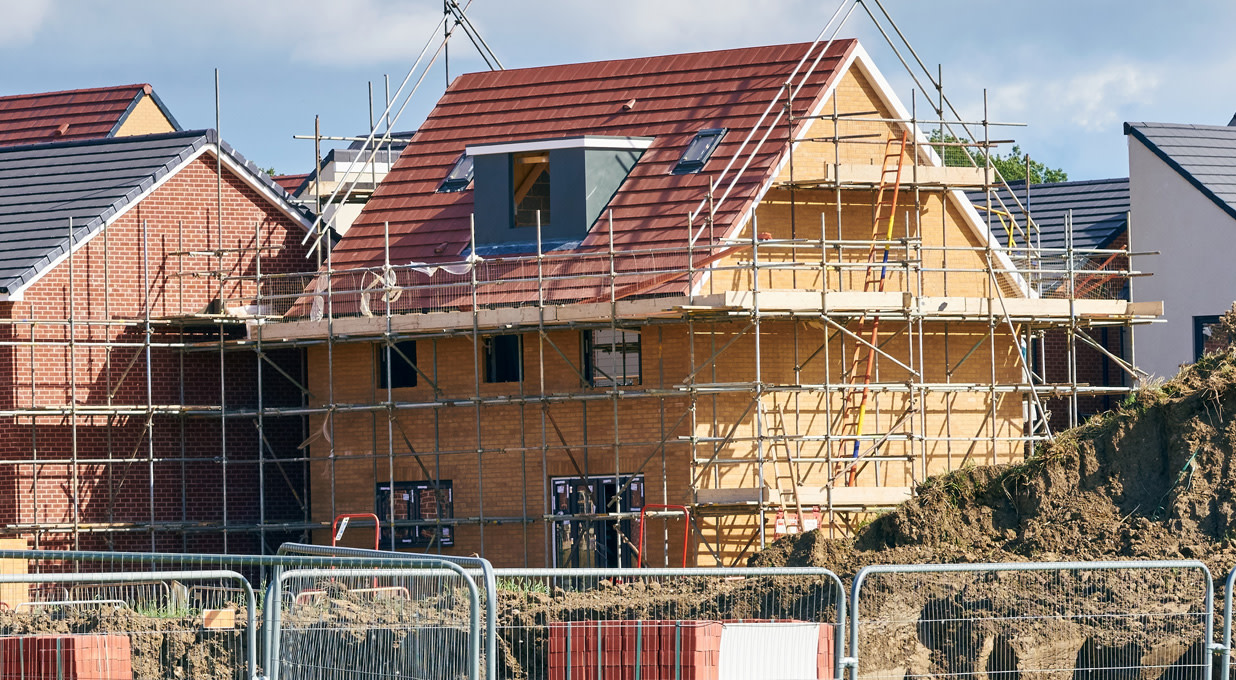Ibstock’s first-quarter revenue and sales volumes were in line with group expectations, and “well above the prior year”. This reflects improved trading conditions, increased demand in residential construction markets and a weak comparative period in 2024.
Underlying cash profit (EBITDA) margin in the first quarter was below the prior year. This was due to cost inflation running ahead of price increases, adverse sales mix, and increased investment in its factories.
Ibstock expects trading momentum to build throughout the year, so performance is set to be weighted to the second half.
The shares were broadly flat in early trading.
Our view
Ibstock got off to a great start in 2025, with a rise in residential construction helping revenue to come in well ahead of the prior year. Momentum is expected to continue building, with pricing action taken now set to feed into improving profitability as the year progresses
It’s been a tough couple of years for the brickmaker. Elevated mortgage rates have been weighing on housing affordability, causing housebuilders to be conservative about starting new projects. There are early signs that we’ve turned a corner now though, with confidence and activity in the housebuilding market starting to pick back up.
If expectations of further interest rate cuts through 2025 are met, mortgage affordability should improve slightly and feed through to increased demand for Ibstock’s products.
In order to be ready for this potential uplift, Ibstock’s carefully starting to bring more capacity online. Ibstock now has the largest brick-making capacity in the UK. And upgrades to other sites should help lower production costs while also giving room to increase output when needed. That means the group's arguably better placed to benefit from higher demand if it really ramps up again.
But it’s difficult to map how long it will be before housing returns to full flow. With operations focused on this side of the Atlantic, the group’s fairly insulated from the direct impact of tariffs. But if tariffs lead to a global economic slowdown, demand for Ibstock’s products would likely take a hit. There’s also a risk that cash resources and profit margins could get strained if it doesn’t jump back into life quickly enough.
The sooner the better for Ibstock, given its high fixed costs, as the kilns used to make the bricks require a lot of energy to heat up. If enough revenue isn’t coming in the door, there’s little wiggle room to cover the high fixed costs, and profitability gets squeezed.
To help keep hold of cash, dividend payments have been trimmed. That’s a prudent move in our view and should provide more of a cushion to combat any further bumps in the road. With major expansion projects now close to completion, there should be lower demand for the group’s cash resources moving forward.
All in, Ibstock still has attractive long-term growth prospects, and the outlook is much brighter than it has been for some time. If earnings growth comes through as expected in the coming years, investors could be rewarded for their patience at the current valuation. But there’s no guarantee that construction activity will take off, so investors should be prepared to stomach some volatility along the way.
Environmental, social and governance (ESG) risk
The construction industry’s ESG risk edges towards the higher end of the spectrum, especially for the Materials sector. Carbon management of company operations and the impact of its products and services is the most acute risk. Other pressing issues are resource use, community relations, labour relations, and bribery and corruption.
According to Sustainalytics, Ibstock’s management of ESG risk is strong.
There is a strong greenhouse gas emission reduction programme in place, and carbon intensity has already declined moderately in recent years. ESG-related issues are integrated into the core business strategy, with management remuneration explicitly linked to sustainability performance targets. Despite this, overall ESG-related disclosures lag behind best practice.
Ibstock key facts
All ratios are sourced from LSEG Datastream, based on previous day’s closing values. Please remember yields are variable and not a reliable indicator of future income. Keep in mind key figures shouldn’t be looked at on their own – it’s important to understand the big picture.
This article is not advice or a recommendation to buy, sell or hold any investment.No view is given on the present or future value or price of any investment, and investors should form their own view on any proposed investment.This article has not been prepared in accordance with legal requirements designed to promote the independence of investment research and is considered a marketing communication.Non - independent research is not subject to FCA rules prohibiting dealing ahead of research, however HL has put controls in place(including dealing restrictions, physical and information barriers) to manage potential conflicts of interest presented by such dealing.Please see our full non - independent research disclosure for more information.


